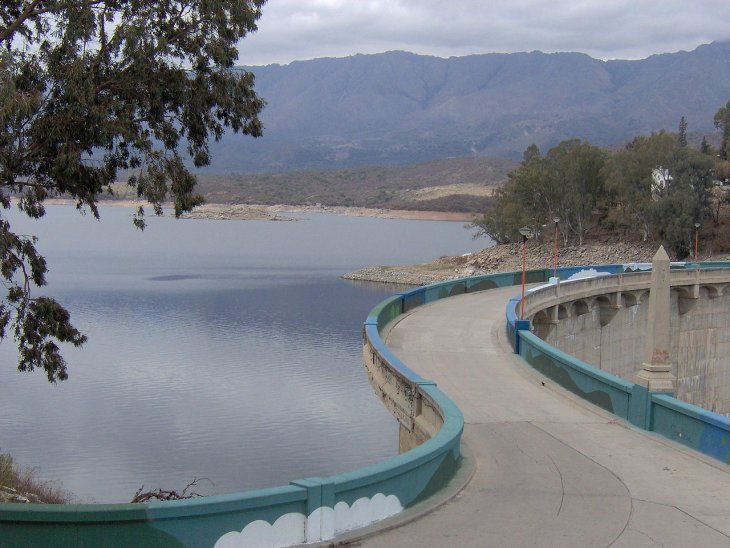Critical infrastructure is widely recognized as an immediate and pressing security concern for liberal democracies. Large, dispersed, and highly complex systems like energy grids and transport systems that support today’s way of life were not designed with security in mind and are highly vulnerable to all sorts of disruptions that can have widespread social and economic impacts. As a consequence, how to protect the systems that underpin the health and wealth of the population has been the subject of longstanding governmental activity.

Critical Infrastructure. By es:user:Alfonso” [GFDL (http://www.gnu.org/copyleft/fdl.html), CC-BY-SA-3.0 (http://creativecommons.org/licenses/by-sa/3.0/) or CC BY-SA 2.5 (https://creativecommons.org/licenses/by-sa/2.5)], from Wikimedia Commons
Canada’s vital points program was fashioned within the federal prerogative of exceptional emergency powers enabled by the War Measures Act, itself derived from Canada’s constitutional commitment to ‘peace, order, and good government.’ This prerogative allowed the federal government to compile a taxonomy of vital points largely in secret from other levels of political authority or the concerns of private industry. Indeed, it was not until a moment of political insurrection in 1970 that the provinces or municipal governments were made aware of the program, and only later in the 1970s were some private owner/operators of vital points notified of their inclusion in the vital points ledgers. This approach remained in place until the sweeping powers of the War Measures Act were subject to constitutional and preliminary review under the Emergencies Act in 1988, after which federal authorities were faced with the problem of how to exercise the federal prerogative of assuring peace, order, and good government without recourse to exceptional wartime powers. Since mid-2000 a new framework that we call coordinated preparedness has emerged in response to this problem and which continues to evolve today.
We view the example of critical infrastructure protection in Canada as an instance of the liberalization of emergency powers. The liberalization of emergency powers refers to processes in which security projects employing exceptional emergency powers are refashioned in ways that are made amendable to routine strategies of governance. This dynamic in political power raises questions that have less to do with the suspension of law or the recurrent deployment of illiberal laws as they do with the extension of normal strategies of governance that are productive of new topologies of power. Far from curtailing the exercise of emergency powers, the liberalization of security projects demands critical analysis of new hierarchies of power and exclusion that flow from liberal apparatuses of governance.